This article serves as a written response to Myelle Lansat’s “25 of the best colleges for good students who don’t test well.” The purpose of the article was to inform prospective college freshmen of colleges and universities across the country that offer strong academics and an excellent overall college experience, while not having overly demanding expectations for a student’s SAT or ACT scores.
I felt compelled to compile a list of public colleges and universities in the state of Virginia, because Lansat’s article did not contain a single school from our home state. As residents of the state of Virginia, we are fortunate to be surrounded by a vast selection of excellent 4-year institutions with similar criteria to those cited in Lansat’s Business Insider feature. We as Virginians have ample opportunity to avoid paying out-of-state tuition, and we ought to take advantage.
To make this list of strong Virginia colleges for students who don’t test well, a university had to admit a large portion of students who did not get straight A’s in high school, accept a range of SAT and ACT scores, and have a freshman retention rate above the national average of 72% (all but one have a freshman retention rate of 80% or higher). The standardized test scores featured for each school account for the score ranges of admitted students in the 25th-75th percentile, or middle 50 percent.
All of the data presented in this article can be verified at bigfuture.collegeboard.org. The information presented by BigFuture is provided and updated by the universities themselves. Below is a list of 8 Public Universities that are looking for more than just elite SAT and ACT scores. Tuition and fees included below are for the 2018-2019 academic year.
Longwood University
In-state tuition and fees: $13,340 per year
Acceptance Rate: 92%
ACT: 18-23
SAT: 960-1140
Christopher Newport University
In-state tuition and fees: $14,754
Acceptance Rate: 72%
ACT: 23-29
SAT: 1130-1300
James Madison University
In-state tuition and fees: $12,016
Acceptance Rate: 75%
ACT:23-28
SAT:1100-1260
University of Mary Washington
In-state tuition and fees: $12,188
Acceptance Rate: 74%
ACT: 22-27
SAT: 1080-1260
Virginia Commonwealth University
In-state tuition and fees: $14,490
Acceptance Rate: 77%
ACT: 21-28
SAT: 1080-1290
George Mason University
In-state tuition and fees: $12,462
Acceptance Rate: 81%
ACT: 24-30
SAT: 1100-1290
Virginia Military Institute
In-state tuition and fees: $18,862
Acceptance Rate: 53%
ACT: 23-28
SAT: 1100-1280
Old Dominion University
In-state tuition and fees: $10,872
Acceptance Rate: 86%
ACT: 19-26
SAT: 980-1200




























